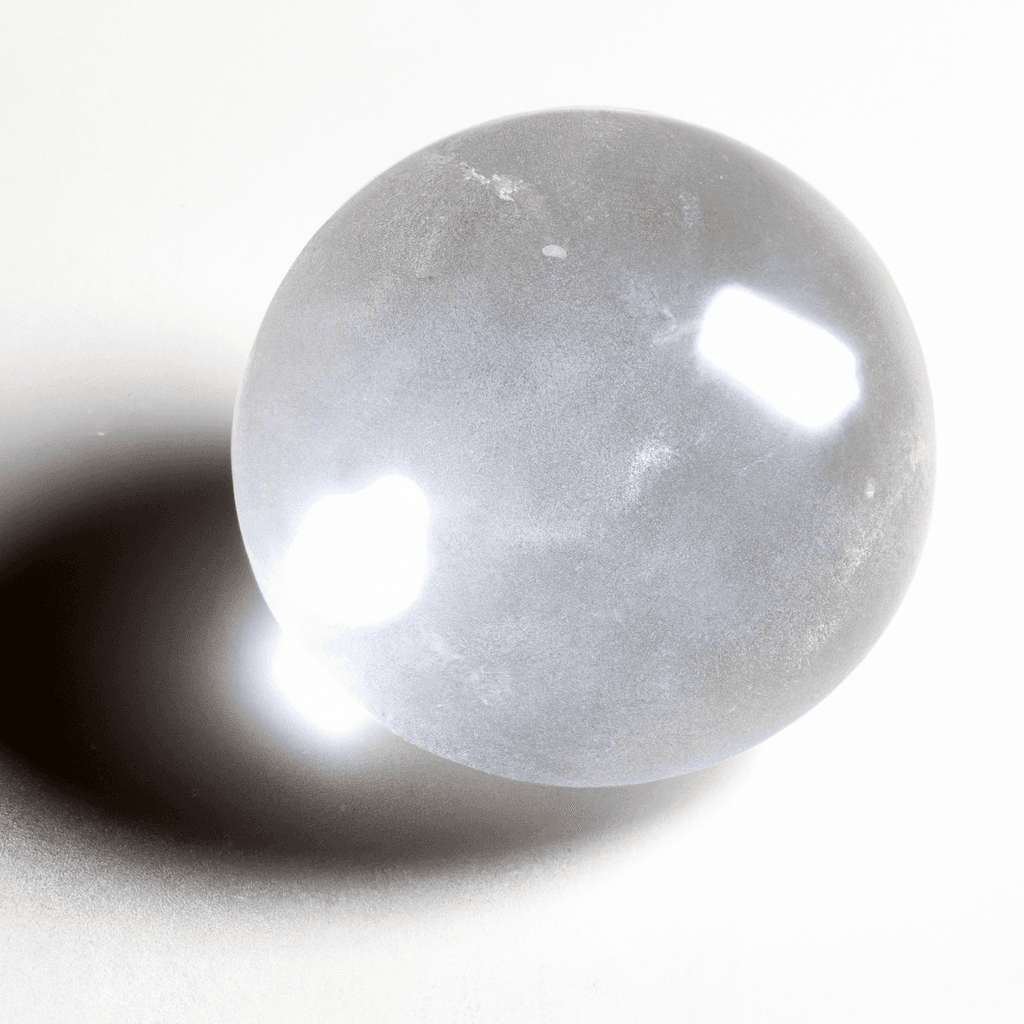Unveiling Radium: The Forgotten Element
Exploring the History, Properties, and Uses of Radium

Unveiling Radium: The Forgotten Element
Radium, a radioactive element discovered in 1898 by Marie Curie and her husband Pierre Curie, has a rich and complex history. Despite its significant past, radium is often overshadowed by more commonly discussed elements. In this blog, we will explore the fascinating properties, uses, and consequences of radium in both science and society.
The Discovery of Radium
The Curies isolated radium from uranium ore, uncovering its luminescent properties that captivated the scientific community. This groundbreaking discovery led to immense interest in radioactivity, paving the way for significant advancements in nuclear physics and chemistry.
Properties of Radium
Radium is an alkaline earth metal with the symbol Ra and atomic number 88. It is silvery-white and glows faintly in the dark due to its radioactive decay. Radium is highly radioactive, decaying to form radon gas. Its isotopes have varying half-lives, with radium-226 being the most stable, lasting over 1,600 years.
Uses of Radium
Historically, radium was used in various applications, from luminous paints used on watch dials to its medicinal properties in treating illnesses such as cancer. The perceived health benefits of radium led to its incorporation in beauty products and therapies until its dangers became known, which resulted in tragic consequences for many radium workers.
The Dark Side of Radium
The legacy of radium is not solely positive. The infamous case of the Radium Girls—female factory workers who painted watch dials with radium paint—reveals the dark side of its widespread use. Many suffered severe health complications due to exposure, leading to increased awareness and regulation regarding radioactive materials.
Contemporary Perspectives
Today, while radium is not used as it once was, its discovery and the subsequent research into radioactive materials have laid the groundwork for significant medical advancements, particularly in cancer treatments with radiation therapy. Scientists continue to study radium’s properties, contributing to the fields of nuclear medicine and radiology.
Conclusion
Although radium may be a relic of the past, its impact on science and society endures. Understanding radium's legacy reminds us of the importance of safety and scientific integrity when exploring the mysteries of the universe. As we move forward, let us honor the lessons learned from radium as we delve into the frontiers of radiological science.